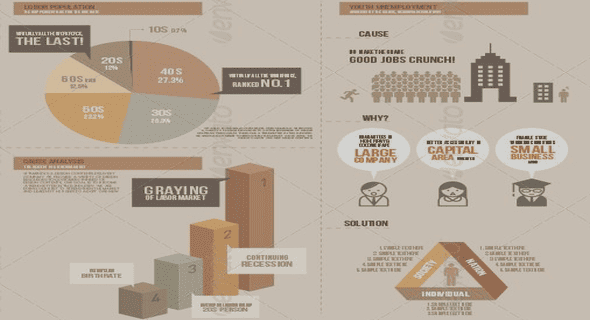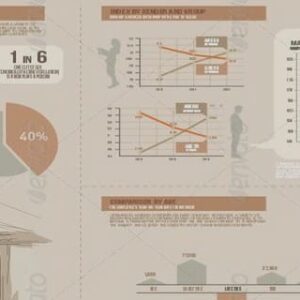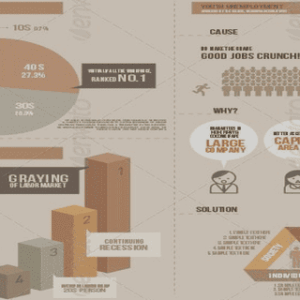(Downloads - 0)
For more info about our services contact : help@bestpfe.com
Table of contents
Introduction
1 Trade liberalization and performance of
rms
2 Motivation and contributions
3 Organization of the thesis and main results
3.1 Does input trade liberalization boost downstream
rmsexports ? Theory and evidence
3.2 Chapter 2: Intermediate goods, heterogeneous
rms and Ex-port/FDI trade-o¤
3.3 Chapter 3: Agricultural market liberalization and entry/exit of agrifood
rms in a global economy
1 Does input trade liberalization boost downtream
rms exports?
Theory and evidence.
1 Introduction
2 Theoretical framework
2.1 Technology
2.2 Preferences, demand and prices
2.3 Export revenues and intermediate product prices: some properties
2.4 Impact of input tari¤s on export decisions: the role of
xed export costs
3 Empirical model and estimation strategy
4 Data and variables
4.1 Firm data
4.2 Tari¤s
4.3 Selection variable
4.4 Descriptive statistics
5 Results
5.1 Input tari¤s, export status and exports
5.2 Alternative measures
6 Conclusion
Appendix
A The impact of T on ri:
B The crossed e¤ect in the probit model
C Results with only importing
rms
2 Intermediate goods, heterogeneous
rms and Export/FDI trade
1 Introduction
2 Set-up of the model
2.1 Demand
2.2 Production
2.3 Entry and exit of
rms on foreign markets
2.4 Market equilibrium
3 Impact of intermediate good and labor subsidies
3.1 Intermediate good subsidy
3.2 Wage subsidy
3.3 Comparison of the two policies and discussion
4 Conclusion
Appendix
C E¤ect of intermediate good price on the investment threshold
3 Agricultural market liberalization and entry/exit of agrifood
rms in a global economy
1 Introduction
2 Model in a closed economy
2.1 Preferences, technology and market structure
2.2 Firmsentry in and exit from the
nal good sector
2.3 The impact of input prices on entry in/exit from the domestic market
2.4 Welfare
3 International trade in intermediate goods only
3.1 Preferences, technology and market structure
3.2 Intermediate good price and entry/exit with free input trade (A = 1 and fM = 0)
3.3 Intermediate good prices and entry/exit with variable input trade cost (A > 1 and fM = 0)
3.4 Intermediate good prices and entry/exit with
xed input trade costs. (A = 1 and fM > 0)
4 International trade in
nal goods
4.1 Preferences, technology and market structure
4.2 Firm entry and exit in the
nal good sector
4.3 The impact of intermediate good prices on entry in/exit from markets in symmetric countries
4.4 The impact of intermediate good prices on market entry/exit when the countries are asymmetric
4.5 International trade in
nal and intermediate goods
5 Conclusion
Appendix
A Additional stylized facts on the French agrifood sector
B Model in a closed economy
C Model with input trade only
D Model with output trade only
Conclusion
Bibliography



